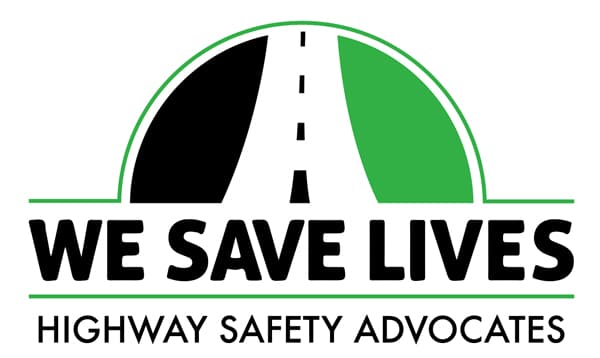
When you have light sensitivity, driving at night can be a serious challenge. Headlights from oncoming traffic, flashing brake lights or turn signals and light/dark contrast are often reported as triggers. They can leave you struggling to keep your eyes on the road–or worse, result in a migraine attack, headache or other health related problem. When the sun goes down, extra dangers arise on the road. From compromised visibility to impaired drivers and/or distracted drivers, there are plenty of hazards to watch out for. With the days getting shorter, it’s important to adjust driving habits for increased safety and these driving tips can make a big difference.
The Following Tips Can Make a Big Difference:
- Keep your car clean to help support light sensitivity while you are driving. Your windshield and mirrors will distribute light better if they are clean and free of dirt and smudges. Take the time to clean your windows. Be careful to wipe away post-wash streaks—especially as they may not be as visible during the day—so that they won’t interfere with your vision or create further glare.
- Add anti-reflective coating to your glasses. This thin coating can help protect your eyes from reflections and make it easier to see what’s happening on the road. Talk with your eye doctor to determine whether or not this is a reasonable solution for you.
- Swap to the night setting. Have you ever been blinded suddenly by a car coming up behind you? You may be surprised to learn that you can minimize the impact of this by using the night setting on your rear view mirror. Look for the little switch below or beside your mirror and flip it to the “night” setting at night. Make sure you know where that setting is so that you can change it quickly if needed.
- Dim the interior lights of your vehicle. Sometimes the stark contrast of dark and light alone can make things seem brighter than they are and ultimately bring on episodes of light sensitivity and photophobia. Luckily, many cars offer dimming capabilities for interior and dashboard lights to help reduce this effect. Consult your manual to determine how you can activate this feature in your vehicle.
- Check the windshield wipers. Not only should you keep these clean and remove any debris (foliage, grime, etc.), but you should also make sure they are functioning properly. If left unattended, these wipers can be a prime culprit for leaving streaks and other marks that worsen glare and light reflection especially in bad weather.
- Be kind on the road. It is never a good idea to follow too closely as you may make the other driver nervous, which makes him or her more likely to react badly to something in the road and cause a collision. Also, the closer your headlights are, the brighter they can seem and more distracting they can be. Again, this makes the driver ahead of you nervous and can also limit his or her visibility and end up causing problems.
- Keep moving your eyes. It is easy to keep your eyes focused on a single fixed point, especially if you’re taking a long trip or you’re focused on your destination. Instead, try moving your eyes from side to side. Scan the sides of the road. It will keep you more aware of potential hazards like kids and animals, and it will also keep your eyes relaxed and adjusted to your surroundings.
- Dodge those high beams. If an oncoming car clearly has their high beams on, it has been recommended to look down and to your right in an effort to avoid the direct hit of brightness. Keep your eyes on the painted marks of the road or lane lines. This will allow you to avoid being blinded by the bright light but still keep your car traveling smoothly and safely in the right direction.
- Take regular breaks. If you have to take a long drive at night, make sure you swap drivers frequently or take plenty of breaks to relax your eyes. If you’re going to be driving through the day and need to continue driving as night falls, take a break until your eyes adjust so that you’ll be in a better position to drive effectively.
- Watch for Distracted Drivers. Whether it’s texting, eating, or fiddling with the radio, anything that removes your attention from the act of driving is considered a distraction. Texting and driving is the most dangerous of these acts, as it causes all three types of distractions—visual, cognitive, and physical. Taking your attention away from the road is dangerous at any time. Both hands should be on the steering wheel with your eyes on the road.
- If you feel too anxious and uncomfortable driving – DON’T drive! Ask a family member or friend to drive or take public transportation.
Preventing migraine attacks, headaches, and eye strain while driving at night can be a challenge, however, by following these tips, you can reduce light sensitivity that you may have to deal with and make your drive smoother, easier, and less stressful.
The Crash Support Network is a unique website consisting of an online support group, a Crash Survivor Blog written by a survivor, our Sharing Our Recovery Newsletter, informative articles and a Virtual Crash Memorial. Our website is based on relationship-building and puts the needs of survivors first by creating a helpful resource for victims and survivors of motor vehicle crashes.





